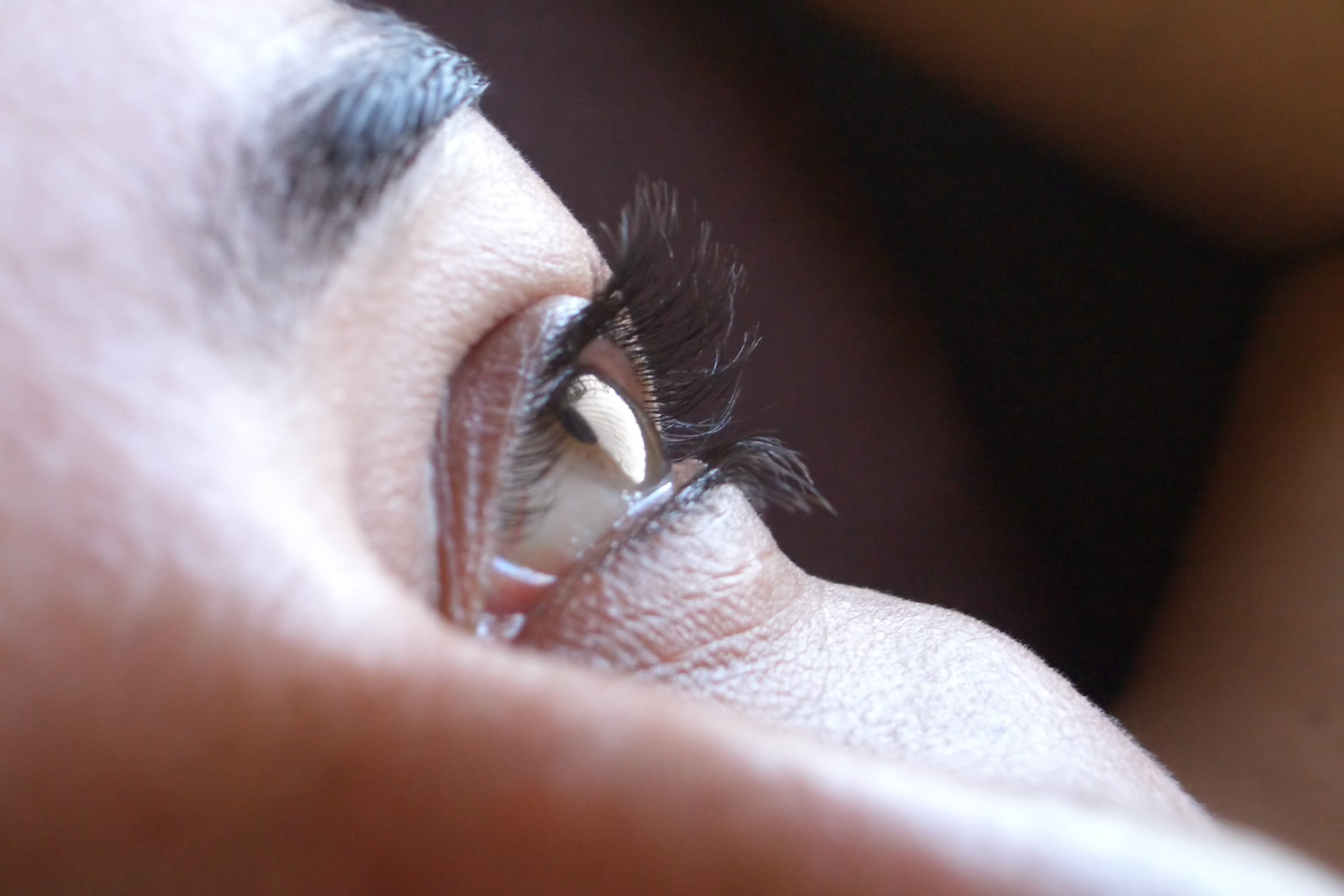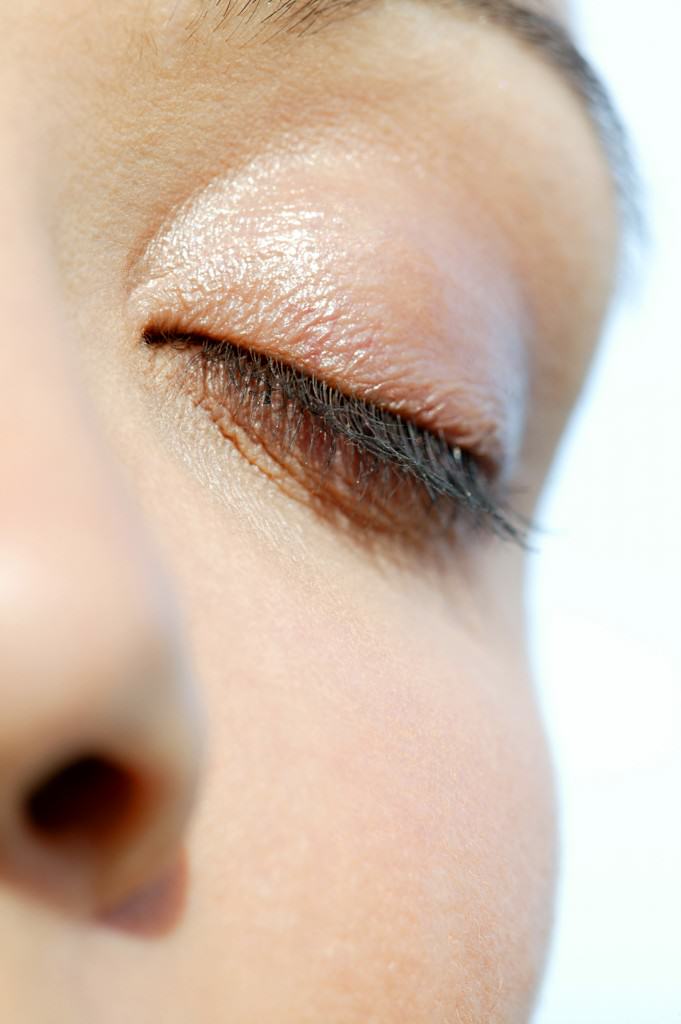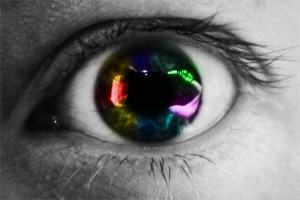Eyelid and lacrimal
We have staff specialised in plastic surgery of the tissues around the eyeball.
| Ophthalmic plastic surgery of the orbit and tear ducts (or oculoplastic surgery) is a specialised area of ophthalmology that deals with the surgical treatment of diseases of the eyelids, lacrimal system and orbit (bone cavity containing the eyeball), and also aesthetic periocular reconstruction (around the eye). | Since such surgery can affect our visual capacity, oculoplastic surgeons are those most qualified to perform this delicate work and also provide any care that the eye itself requires. The vast majority of these procedures can be performed at our institute, under assisted local anaesthetics on an outpatient basis (no hospitalisation). |
Ophthalmic plastic surgery of the orbit, tear ducts (or oculoplastic surgery) is a specialized area of ophthalmology that deals with the surgical treatment of diseases of the eyelids, the lacrimal system and orbit (bone cavity surrounding the eye), and periocular aesthetic reconstruction.
An oculoplastic surgeon is an ophthalmologist (eye physician and surgeon) subspecialised in plastic surgery of the tissues around the eyeball. Since such surgery can affect our visual capacity, oculoplastic surgeons are best qualified to perform this delicate surgery and also provide any care that the eye itself may need.
The most frequent disturbances treatable by oculoplastic surgery
|
|
The vast majority of these procedures are performed on outpatients at this centre under assisted local anaesthesia (no hospitalisation).
Here we briefly describe some of these health problems:
Watering eyes (epiphora) – due to obstruction of lacrimal duct
Increased tear production or dry eyesThe eye has two groups of structures that produce the tears. The tiny lacrimal- or tear-glands help maintain a base level of moisture on the eye’s surface. Some inflammatory diseases such as rheumatoid arthritis and Sjögren’s syndrome, and also aging and menopausal changes cause a drop in tear production. As tear production decreases, the eye surface begins to dry. In addition, inflammation of the sebaceous glands housed at the edge of the eyelids is frequent in patients with rosacea. This also causes a break in the tear film and its early evaporation. The brain notes that the eye is dry and irritated and sends a signal to the main lacrimal gland to hydrate the eye. As a result, the dry eye paradoxically secretes tears and becomes watery. Patients with dry eyes note intermittent watering during activities such as reading, driving, watching TV, computer use or when outdoors on a windy day. All these activities lead to dry eyes because during them the eyes blink less. The treatment of dry eyes includes:
There are other causes of increased tear production such as allergy, infection or eyelashes rubbing on the eye. All these disturbances can usually be discovered during clinical examination. |
|
|
What are the causes of blocked tear ducts?Blockage of the tear ducts can occur due to many causes (age, trauma, inflammatory diseases, medications and tumours) and produces numerous signs and symptoms from watery or watering eyes to secretions, swelling, pain and infection. These signs and symptoms can be the result of an obstruction in the drainage of the tear duct at any level between the corner of the eye (puncta) and the nasal cavity. What are the symptoms of blocked tear ducts?If the tear ducts get blocked, tear fluid cannot drain properly and may overflow from the eyelids to the cheek, as if we are crying. Besides this excessive secretion, you can also experience blurred vision, mucous discharge, eye irritation, and painful swelling in the inner corner of the eyelids. A thorough examination by a oculoplastic surgeon can determine the cause of excessive tear secretion and the recommended treatment. Where is the surgery done?Dacryocystorhinostomy or DCR to is usually performed on an outpatient basis. |
How is a blocked tear duct treated or repaired?Depending on its symptoms and severity, your specialist will recommend the appropriate procedure. In mild cases, treatment with hot compresses and antibiotics is recommended. If severe, surgery will prevent or relieve obstruction of the duct. DCR is performed by creating a new tear duct from the tear sac into the nose, bypassing the obstruction. A small silicone tube is usually placed temporarily in the new conduit to
keep it open during the healing process. In a small percentage of cases,
obstruction is between the puncta and lacrimal sac. In these cases, besides
DCR procedure, the surgeon inserts a tiny artificial tear drain
called a Jones tube, made of Pyrex glass. This allows the
tear liquid to drain directly from the eye into the lacrimal sac. |
|
Eyelid surgeryThe eyes are usually the first area where others look at us, and are an important aspect of our appearance. With the passage of time, our eyelids can lose shape and tone, and become slack. Heredity and sun exposure also contribute to this process. This excess puffy or loose skin can cause a more tired or older appearance than the reality. Eyelid surgery or blepharoplasty can give your eyes a more youthful appearance by removing excess skin, bulky fat and lax muscle from the upper and/or lower eyelids. If the loose skin of the upper eyelid obscures peripheral vision, blepharoplasty can eliminate such obstruction and expand the visual field. Upper blepharoplastyIn the upper eyelids, excess skin and fat is removed through an incision hidden in the natural crease of the eyelid. If the lid is ‘fallen’, the muscle that raises the upper eyelid may be tightened. The incision is closed with very fine stitches. Lower blepharoplastyThe fat in the lower eyelids can be removed or repositioned through an incision hidden in the inner surface of the eyelid. If desired, both chemical ‘peeling’ and skin rejuvenation or resurfacing by laser can be performed to smooth out and tighten the skin of the lower eyelid. If there is excess skin on the lower eyelid, the incision is made just under the eyelashes. The fat can be removed or repositioned through the incision, and excess skin removed. The incision is then closed with very fine stitches Upper and lower blepharoplastyUpper and lower blepharoplasty can be performed simultaneously or be combined with other procedures such as a forehead lift or eyebrow lift, midface or face lift, neck lift, or laser skin resurfacing. |
Eyelid malposition: ectropionThis means that the edge of the lower lid is rotated outwards without contact with the eye, leaving the eye exposed and dry. If the ectropion is not treated, it can produce chronic eye-watering, eye irritation, redness, pain, sensation of something (‘foreign-body’) in the eye, crusting, mucous secretions and corneal damage due to exposure. What are the causes of ectropion?Typically this disturbance is caused by relaxation of the tissues associated with age, although it can also occur after facial paralysis (caused by Bell’s palsy, stroke or other neurological disorders), trauma, scarring, previous surgery or skin cancer. What are the symptoms?The moist internal conjunctival surface becomes visible and exposed. Normally, the upper and lower lids are hermetically sealed, protecting the eye from damage and preventing evaporation of the tear fluid. If the edge of one eyelid turns outwards, they cannot contact and close properly and the tears do not spread evenly over the eye. Symptoms may include excessive watering, chronic irritation, reddening, pain, foreign-body sensation, crusting between eyelids and mucus secretion. Can ectropion be corrected?Yes, ectropion can be surgically repaired. Most patients find an immediate solution to the problem after surgical intervention, with mild postoperative discomfort in some cases. After the eyelid heals, your eye will feel comfortable and be protected from corneal scarring, infection and vision loss. |
Fallen eyelid – ptosisThis refers to a ‘fall’ or partial collapse of the upper margin of one or both eyelids. This fall may produce a reduction in the field of view when the lid partially or fully occludes the pupil. Patients with ptosis often have difficulty maintaining their eyelids open. To compensate, they raise their eyebrows intending to raise their fallen eyelids. In severe cases, these patients have to raise their eyelids with their fingers to see. In children, ptosis can cause amblyopia (‘lazy eye’) or delay and limitation in the development of their vision. What are the causes of fallen eyelid?There are numerous causes: muscle weakness associated with age, congenital effects, trauma, neurological diseases etc. The tendon of the levator muscle is mainly responsible for lifting the upper eyelid and with age it can get stretched, leading to fallen eyelid. This is the most frequent cause of ptosis. It may also occur after eye surgery (cataract, vitrectomy, lasik) due to stretching the muscle or tendon. Children may be born with ptosis or it can occur after an injury or neurological disorder. Can you correct it?Yes, it can be corrected surgically, usually by tightening the upper eyelid levator to pull up the eyelid. In severe ptosis, when the levator muscle is very weak, a ‘sling’ operation can be performed to allow forehead muscles to raise the eyelids. In cases of minor ptosis, the Müller muscle on the inside of the eyelid can be operated on. Your surgeon will examine you to determine the best technique. The objective is to raise the eyelids to achieve a full field of view and symmetry between the upper eyelids. |
For more information please contact the institute.



